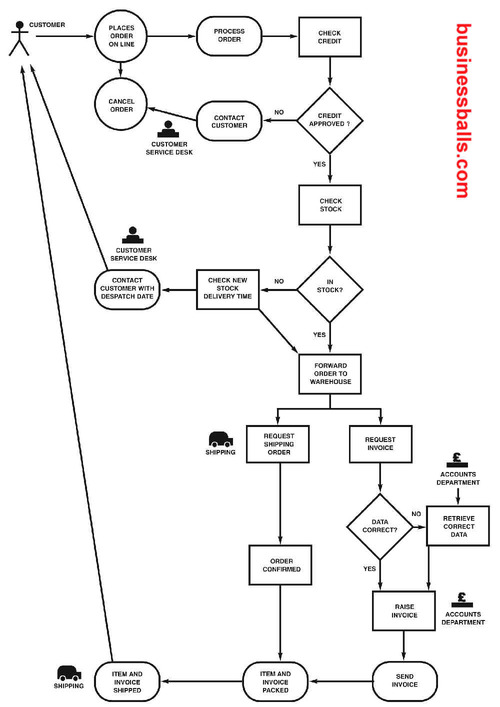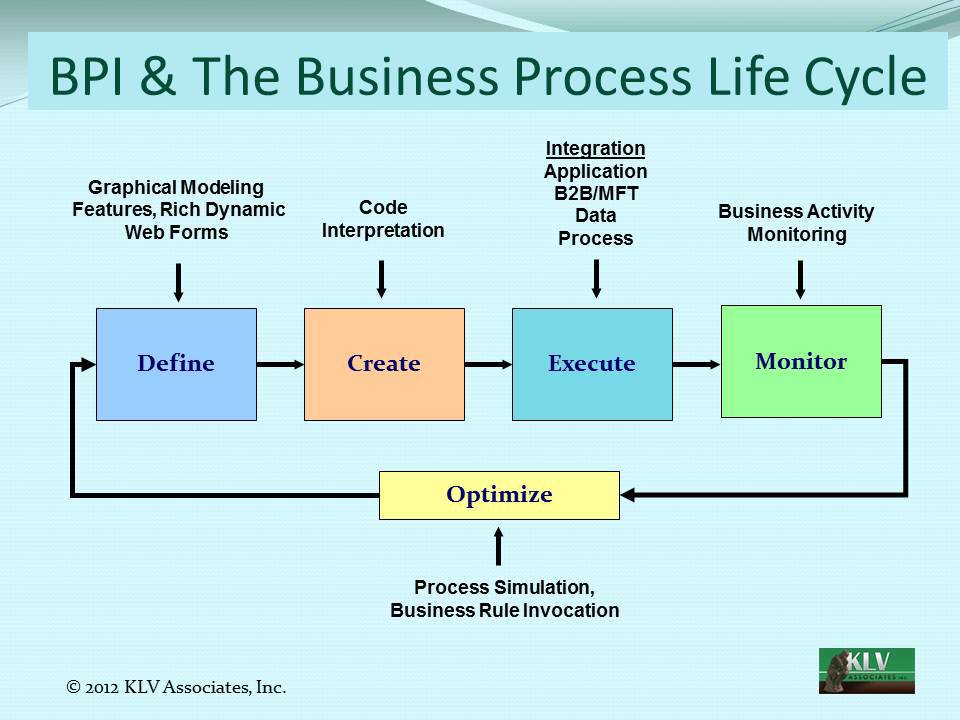
Otherwise the notation can make it more difficult for stakeholders to comprehend and approve your process models. The complexity can be useful if your process requires it. However, the BPMN notation contains a much larger number of formal elements and so the BPMN diagrams tend to be more visually complex. Conceptually, BPMN diagrams are similar to workflow diagrams. Swim lanes may be used to show who or what is responsible for each step in the process.Ī smaller subset of BAs use BPMN (Business Process Modeling Notation) to create more formalized diagrams.

These diagrams contain boxes for each activity step, diamonds for any decisions or variations in the process, and a series of arrows to clarify the sequence of steps in the process. Most BAs create simple workflow diagrams that show the end-to-end business process. Process Flow Diagrams exist in multiple forms. For example, a business process diagram can help facilitate more effective use case reviews by providing context for how the system functionality will support the business process. They also put other requirements activities in context. Process Flow Diagrams are an intuitive way for stakeholders to understand the organization’s fundamental processes, get clarity on how work gets done, and appreciate how value is delivered. Then we’ll look at how you can begin using more visual models in your projects right away. In this article, we’ll explore 3 simple visual models that a new business analyst should be skilled in creating because they add a lot of value to projects and generally improve your requirements documentation. Unless your organization uses formal UML or BPMN standards, focus on learning to create simple visual models. Visual models don’t have to be complicated. Requirements specifications ideally include both types of information, as different stakeholders learn in different ways.

Most BAs tend to have a natural preference for either textual or visual models. In a recent article on the Top 10 Skills a New Business Analyst Should Shore Up On, #6 was identified as creating visual models.


 0 kommentar(er)
0 kommentar(er)
